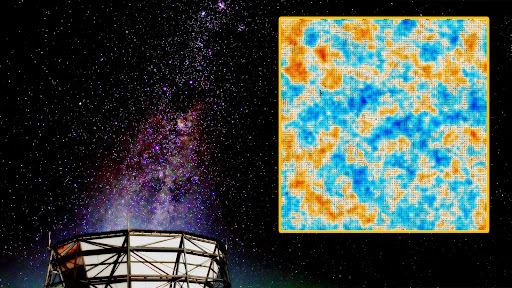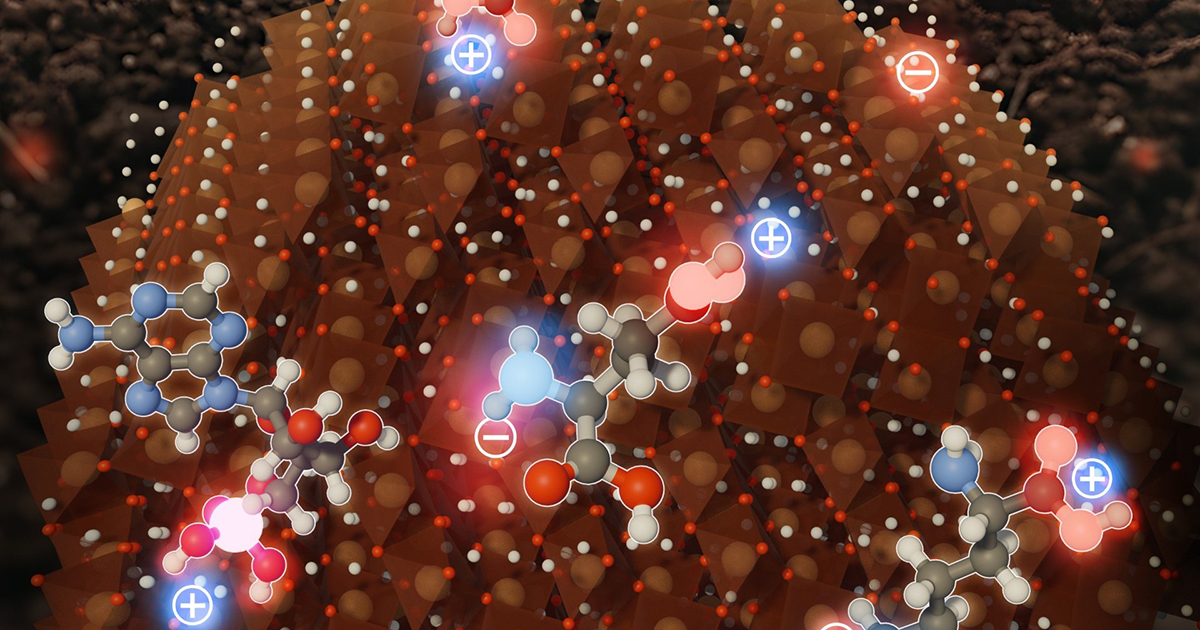Space junk is perhaps a silly-sounding name, and while it’s not new, the rise of private aerospace firms has exacerbated this very real and serious problem.
Also called “space debris,” human-made detritus floating in space began accumulating with…

Space junk is perhaps a silly-sounding name, and while it’s not new, the rise of private aerospace firms has exacerbated this very real and serious problem.
Also called “space debris,” human-made detritus floating in space began accumulating with…

After a multi-decade-year mission to understand the nature of the universe, a telescope perched in the mountain plateaus of northern Chile said goodbye in 2022. Now, its final data release is revealing the telescope’s legacy: a field in…

Artificial intelligence (AI) is now showing remarkable skill in language analysis — an…

Holding approximately 2,500 billion tons of sequestered carbon, soil is one of Earth’s largest carbon sinks — second only to the ocean. But even though soil is all around us, scientists are only just beginning to…